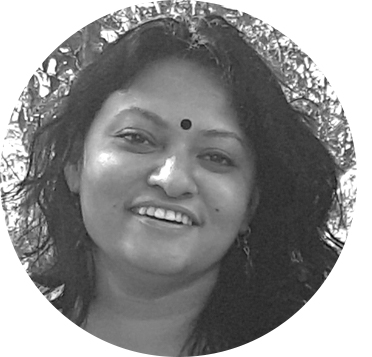
Dr. Kulveen Trehan
Associate Professor at the University School of Mass Communication, Guru Gobind Singh Indraprastha University, New Delhi, India.
Email: kulveentrehan@ipu.ac.in
Besides showcasing performances, Olympic Games reproduce images of women’s potential, position and place thereby influencing reflections on national identity, gender and power. The recently concluded Paris Olympics brought women sports to centre stage as mainstream and social media focussed on female athletes more than ever before. It augers well that the conversation about women’s’ sport on social media is an averaging an increase of 2.5% every year. From no participation of female athletes in the first Olympics to the ‘Gender Equal Olympics’ in Paris, mediatized sport is writing a new chapter. In India, the second most populated country in the world, an estimated 17 billion viewerswatched Olympics 2024 on Sports 18, the official sports television channel, underlining that the Olympics marks high levels of interest and engagement. India, with its 47 women athletes in 117-member contingent was witnessing the changing dynamics of a mediated networked society both at official and audience level.
Extensive viewership and high participation calls for providing a glimpse into the discourse by journalists, fans and athletes from India. It would be interesting to find the dominant themes in the discursive space for conversations on sports in general and issues of gender and identity in particular .
In the context of Indian female athletes in Paris, the discourse was conflicting and uneven, both progressive and regressive at the same time. While misogyny and hate were less visible than Tokyo 2020, sexism remained a recurring frame. On the positive side, significantly more attention in terms of presence and participation was noted for female Olympic participants. For example, social media erupted in applause when 22 year old shooter Manu Bhaker became the first Indian female athlete to win two medals in a single Olympics in Paris, referenced in images of the athlete on the podium or her kissing the medal with a narrative of equality and empowerment in coverage, and appreciation of the victor irrespective of the gender. Also, Indian media used the feminist concept of solidarity among women athletes as a news value. Mainstream media underscored the double-edged nature of social media with respect to female athletes. For example two articles on the India Today website featured an Instagram post of the Badminton player and co-Olympian PV Sindhu referencing two significant aspects of women sports: how her colleague Manu Bhaker leveraged social media to support the badminton player when she was trolled online, but on the other hand the negativity and vitriol the shooter faced on social media during her Olympic loss in Tokyo. Both the news articles highlighted the antifeminist nature of social media and how it amplifies the hegemonic voices.
Women sports journalists were seen as championing the feminist cause. Lavanya Narayan, a sports journalist from Chennai posted how social media trolling adversely affects female athletes quoting Manu Bhaker’s poignant plea “I am so grateful to win two medals. Please don’t be angry with me if I can’t win another”.
Journalists identified the conventional heroine and vamp trope in discourse when an Indian female athlete loses as it focussed on social posts that mocked and discredited the female athlete. For example, in one article by Amit Diwan, online vilification of the archer Deepika Kumai on social media after her defeat is referenced to demonstrate how the image of the potential medal winner changed to vamp from heroine in a matter of a few performances in the minds of the sports followers. However, wide engagement on the post reproducing sisterhood amongst female athletes gathered more than 700,000 likes and 1200 comments counterbalances its detrimental effects to an extent.
Sexism in sports is a constant. Paris too exposed the normalised patriarchy in Indian sports. A male journalist while interviewing the double Olympic medallist Manu Bhaker asked her ‘creepy questions’ about rumours of a romantic relationship with another athlete: “Not that I mean to demean your medal or your efforts … I don’t know if you see it as a compliment but, of course, you are one of the most attractive females … in Indian’s history of Olympics … Are we right to assume that there was some sort of chemistry or it was just that he [Neeraj Chopra] wanted to snub it as one-off moment which someone clicked?” betraying the deep seated sexism in sports journalism that has spilled over to the digital spaces. In this case, the old theme of sexualisation where media concentrates on a female athletes’ physical attributes and beauty more than athleticism and competence continues to persist despite new discursive spaces.
While problematic gendered narratives were manifest in the Olympic Games, what is new in Paris was the support an India athlete received from journalists and peers and to an extent sports audiences in the digital world. That signals a shift in balance of power in sports ecosystems. Several times, Indian sports journalists and female athletes collectively set the narrative by framing issues from a feminist lens, rejecting the notion of male validation and appropriation to frame success. However, freedom from some of the dominant patriarchal representations is still not a reality. With media training and focus on gender literacy, digital spaces can be liberating for women sports. Extending Litchfield and Kavanagh’s argument, Paris 2024 further demonstrated that social media is both empowering and oppressive for women sports when it comes to representations of female athletes and that new spaces will require new rules and frameworks to negotiate the conflicting and competing discourses.

